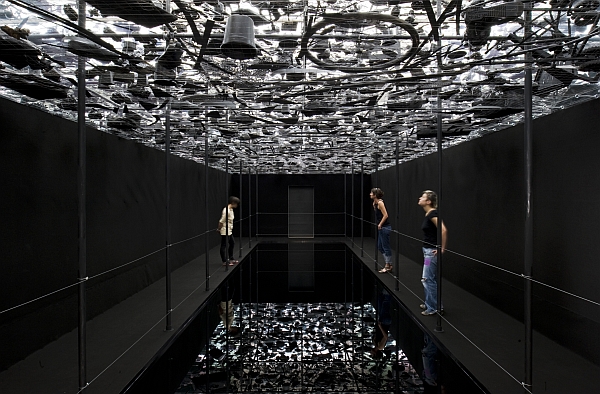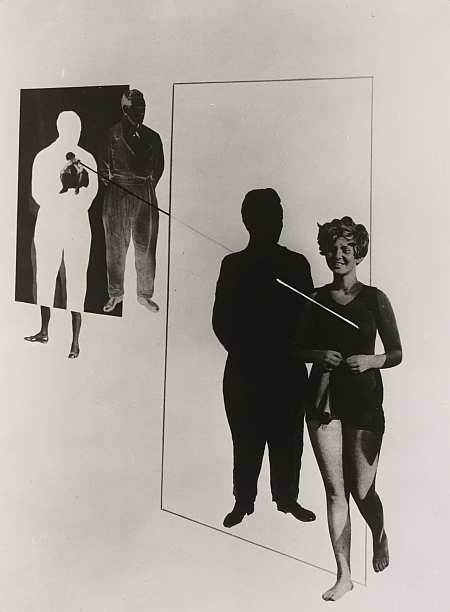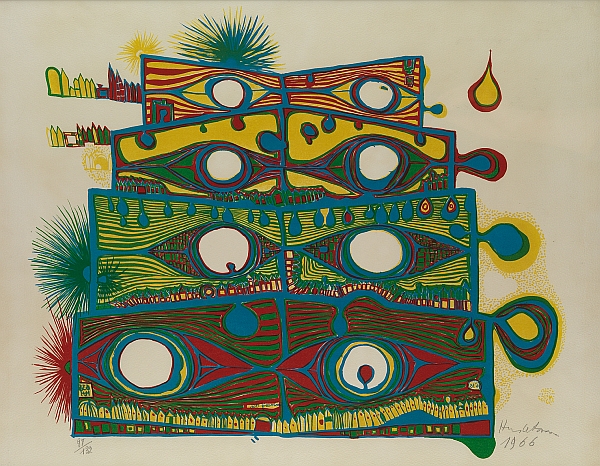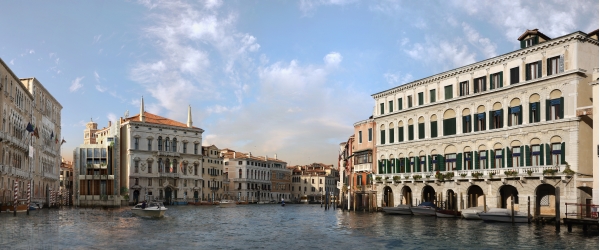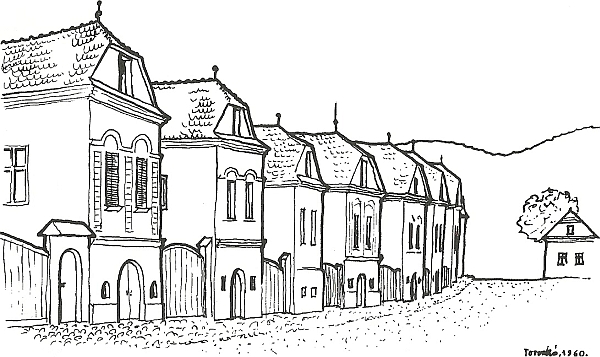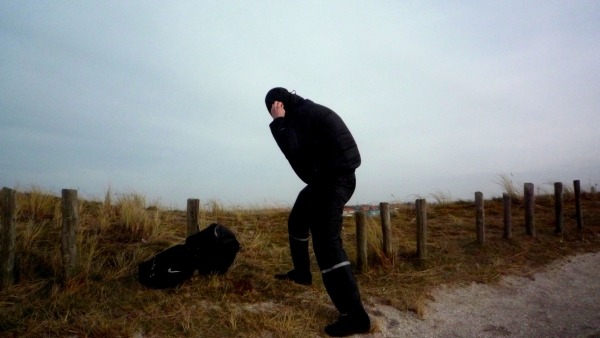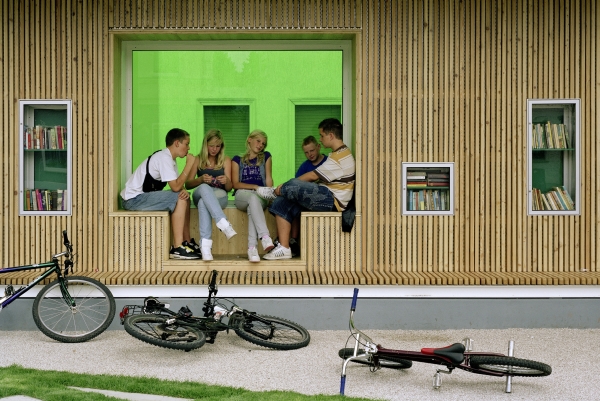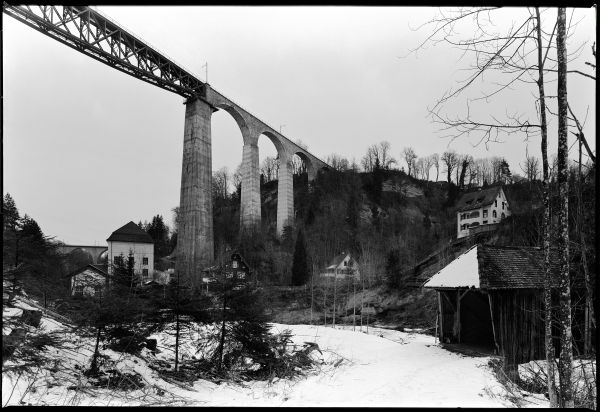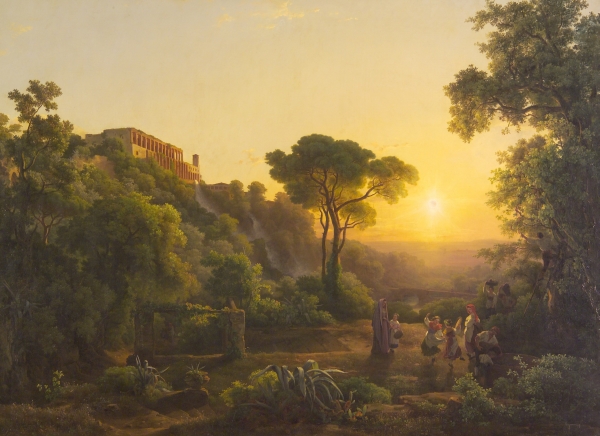Az 1960-as években épült óbudai kísérleti lakótelep egyes épületeit, korabeli lakásait mutatja be a Kiscelli Múzeum új kiállítása. A tárlat érdekessége, hogy a múzeum templomterében eredeti méretben építettek fel egy típuslakást. A kiállítás kurátora Branczik Márta. A II. világháború utáni lakásínségben váltak keresetté a típusházak, de nem voltak olcsók…
Cultural Recycling
Having established his philosophical-visionary engraving universe filtered with social criticism in the 1970s and 80s in the circles of Soviet paper architects strongly opposing the official Soviet architecture then, Alexander Brodsky turned to the expressive forms of installations and in about 2000 he also designed his very first genuine – constructable and useable – buildings.
The Art of Light
László Moholy-Nagy (1895-1946) is a world-famous figure of twentieth-century avant-garde art. As a most versatile artist he had a radically experimental practice in the field of painting, sculpture, photography and film as well as commercial and industrial design and scenography. His visual art together with his theoretical and educational work…
Hundertwasser
A szegedi REÖK tárlata Hundertwasser ‘60-80-as évekből származó műveiből nyújt válogatást. A kiállított művek között litográfiák, rézkarcok, japán fametszetek, szitanyomatok, továbbá akvarell, kollázs illetve vegyes technikájú alkotások láthatók, melyeket porcelántárgyak, plakátok valamint bélyegsorozatok egészítenek ki.
ILLUMInations – Nations? The Lack of Trustees
When we have had the chance to visit the biennale for thirty years, the concept of every year was defined by the chief trustee. This tendency was even more significant when architectural exhibitions were also organized there. After being invited for a discussion by the chief trustee, the national commissioners were eager to cooperate with more or less enthusiasm…
Dr. Kós Károly néprajzi grafikái
Kós Károly (1919-1996), az azonos nevű író, építész, grafikus, könyves tudós fia a 20 század második felének meghatározó jelentőségű erdélyi magyar néprajzkutatója, muzeológusa, akinek munkássága az anyagi kultúra és társadalomnéprajz szinte minden területére kiterjedt. Nagy jövőt jósoltak neki a képzőművészet területén.
Spring Exhibition 2011
What is (good) contemporaray art like? It is up-to-date, innovative, provoking and intellectual in . Pushes the limits of styles and genres further on. Treats its audience as a partner, and is not reluctant to entertain people. And what does it take to make a good art gallery? To flood its old rooms and artistic public life prone to getting stuffy with fresh air.
Recording the New
Bedford Lemere & Co. was the leading architectural photography company of the late 19th and early 20th centuries. In business from the 1870s until the 1940s Bedford Lemere and his son Harry Bedford Lemere pioneered professional architectural photography and set the standards for others to follow. The English Heritage, custodians of the Bedford Lemere & Co…
Stadt-Räume
In 2000, the Centre of Contemporary Culture of Barcelona (CCCB) initiated the European Prize four Urban Public Space, which is awarded every two years and which is devoted to the recognition, defense, and promotion of urban public space. It is an initiative of the CCCB in collaboration with The Architecture Foundation (London)…
Landscapes and Structures
Infrastructure buildings have shaped the image of Switzerland; they are of central significance in creating a kind of cohesion throughout the entire country. Inscribed in the landscape with the ambition of architecture the Albula Railway, Susten Pass or bridges by Hans-Ulrich Grubenmann & Robert Moser, Robert Maillart, Alexandre Sarrasin…
Közös tér – Közös örökség
A magyar kormány 1998-ban hirdette meg a kulturális tárca által elindított – az értékes épületállomány megóvását, s a szellemi hagyományok tovább-örökítését célzó – Nemzeti Örökség Programot, melyet az országhatáron túl élő magyar közösségek számára is elérhetővé tett. A határon túli épített örökség megóvásának…
Károly Markó and His Circle: From Myth to Image
Károly Markó, the Elder (1793-1860), is one of the most well-known fi gures of nineteenth century Hungarian painting. He began his career when it was almost impossible to make a living as an artist in Hungary. Although he managed to attract the attention of Pest’s most signifi cant patrons in the early 1820s, he continued his artistic activities abroad.

